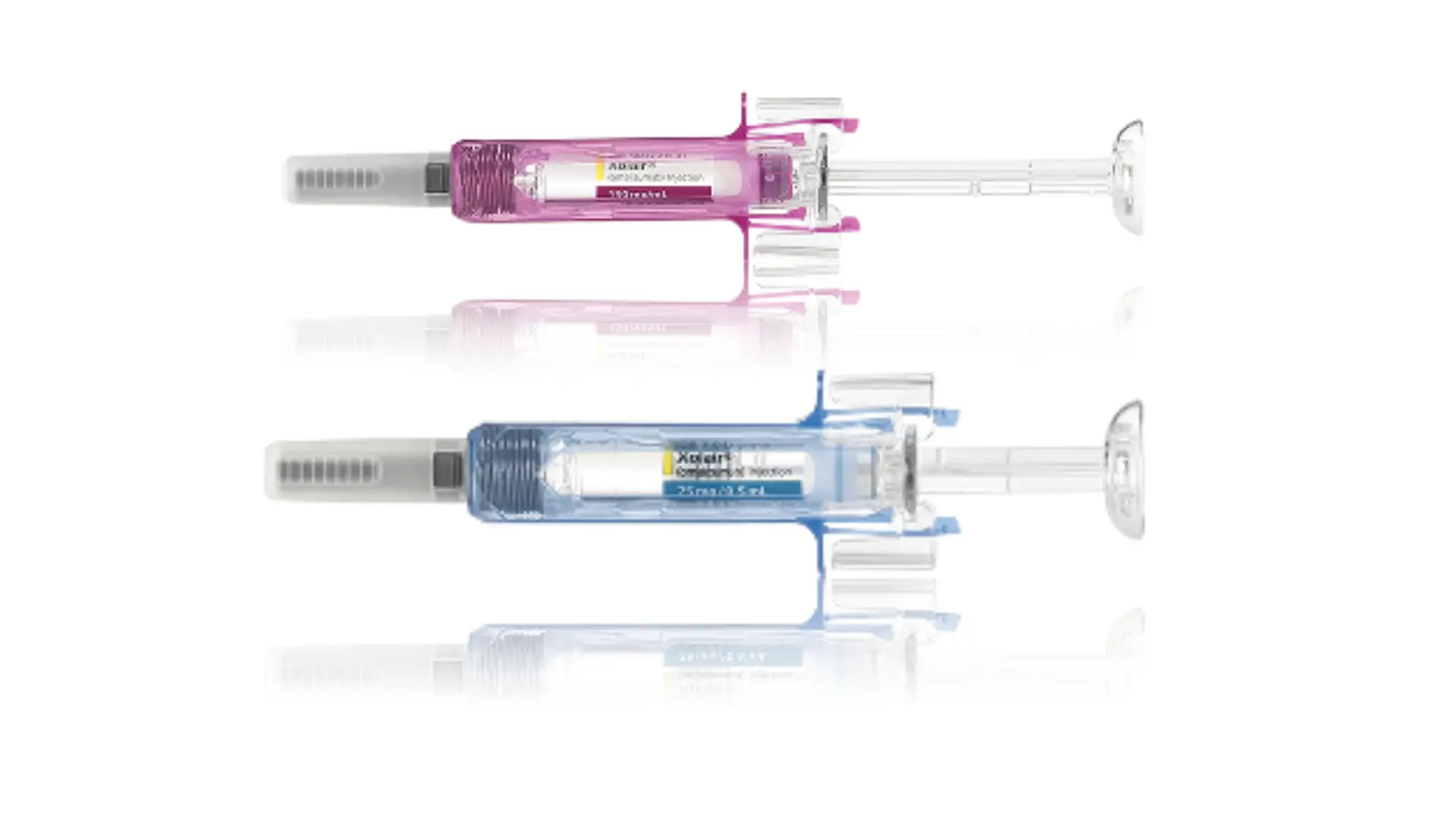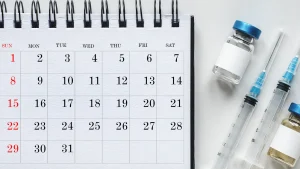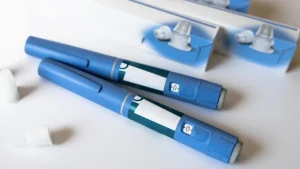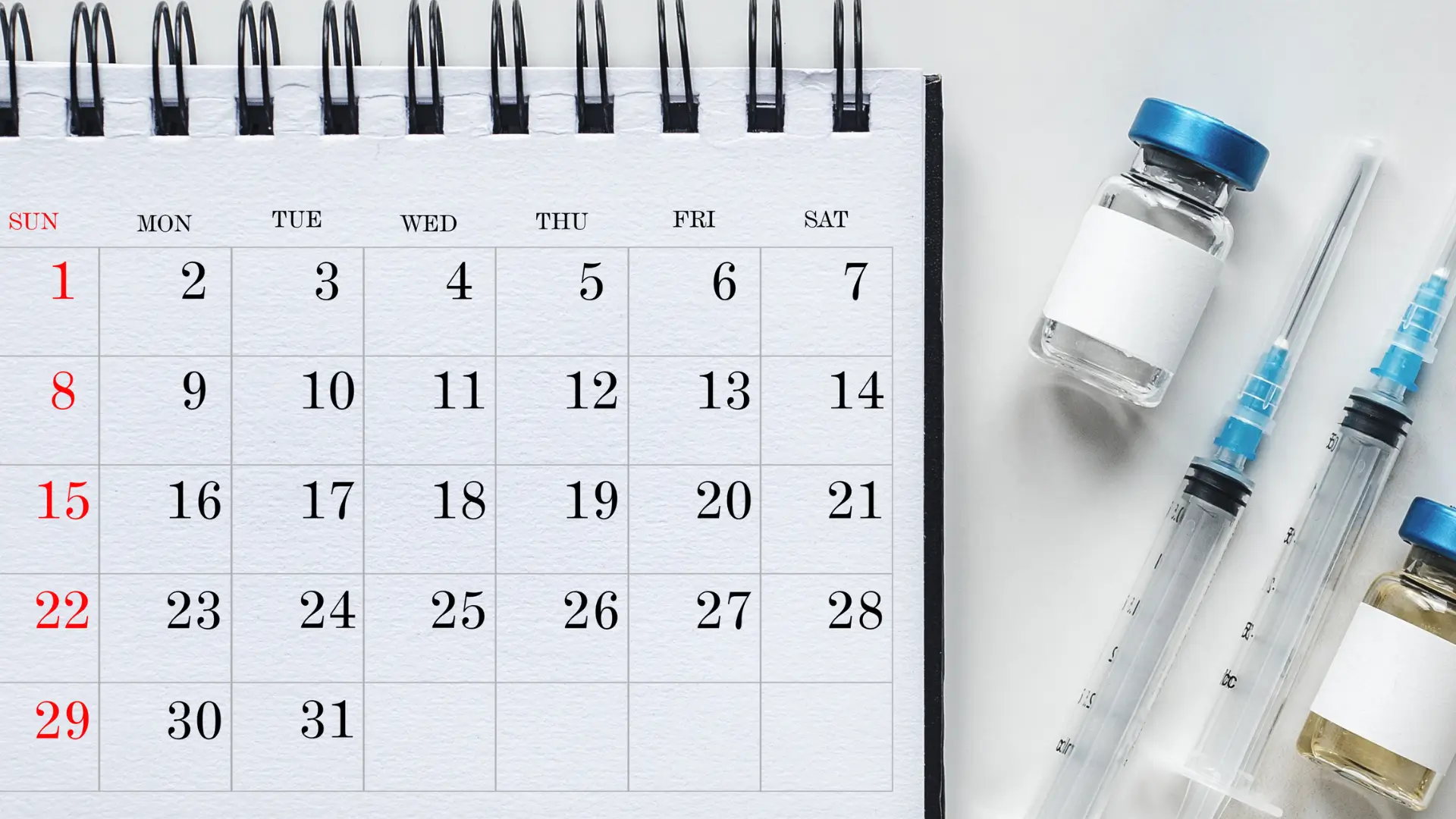Xolair (omalizumab) has significantly improved treatment outcomes for those with severe allergic asthma, offering relief when traditional therapies aren’t enough. According to a large meta-analysis of real-world data, about 77% of patients reported good or excellent asthma control after just 16 weeks of treatment, with the number rising to 82% after a year. Additionally, severe asthma flare-ups were reduced by nearly 60%, highlighting its transformative impact.
However, like any medication, Xolair carries risks. While it offers promising benefits, there are rare but serious side effects that require careful patient selection, informed consent, and ongoing monitoring.
In this article, we’ll explore the benefits of Xolair, the potential risks, and the crucial role healthcare providers play in screening, monitoring, and counseling patients to ensure safe and effective use.
Key Takeaways
- Xolair (omalizumab) is effective for treating severe allergic asthma and food allergies, helping to reduce severe exacerbations and improve quality of life.
- Though it offers significant benefits, Xolair carries risks, including anaphylaxis, vasculitis, and eosinophilic syndromes, requiring careful screening and monitoring.
- Healthcare providers must educate patients on recognizing signs of severe reactions, ensure proper injection technique, and establish emergency protocols.
- Ongoing monitoring is critical, as Xolair may cause delayed hypersensitivity reactions or other severe side effects, especially during long-term use.
About: Medica Depot is your trusted all-in-one supplier, offering a range of high-quality medical injectables and supplies. If you’re looking to buy Xolair, contact Medica Depot’s sales representatives and they will guide you on how to do so. Whether for health professionals, plastic surgeons, dermatologists, licensed estheticians, or other specialists, we can offer genuine, brand-name products you may need. With Medica Depot, we prioritize serving you better to improve the patient’s quality of life.
Understanding Xolair’s Safety Profile and Anaphylaxis Risk

Healthcare professionals must be well-trained and knowledgeable when incorporating Xolair (omalizumab) into their treatment plans. This medication has received US FDA approval for various indications, including:
- Asthma
- Chronic rhinosinusitis with nasal polyps
- Chronic idiopathic urticaria
- Food allergy (to reduce reactions in people with IgE-mediated food allergies)
Before prescribing, healthcare providers should review each patient’s baseline comorbidities, prior hypersensitivity history, and document shared decision-making. Thorough screening ensures patient suitability, minimizing risks and complications.
Despite its approved safety profile, Xolair carries certain risks, including anaphylaxis, which is listed among other serious side effects. Medical providers must educate patients on recognizing anaphylaxis symptoms and emphasize the importance of immediate action if they occur.
Frequency and Timing of Hypersensitivity and Systemic Adverse Events

Severe hypersensitivity reactions to Xolair may occur after the first dose or after long-term use. These reactions can happen immediately or even hours to days later. Early post-marketing data reported that about 0.2% of patients experienced hypersensitivity during initial exposure. Notably, the frequency of these reactions is as follows:
- 39% occurred after the first dose
- 19% after the second dose
- 10% after the third dose
- The remaining reactions occurred after subsequent doses.
Xolair should be administered carefully, with patients trained to recognize delayed hypersensitivity reactions. As patients transition to self-administration, healthcare professionals must ensure they are equipped with emergency instructions and access to epinephrine.
Whether used for Xolair for food allergy or other approved indications, clinicians should clearly communicate the potential risks. Though rare, serious adverse events have been documented in clinical trials, including:
- Vasculitis
- Eosinophilic Syndromes
- Hematologic Abnormalities
- Malignancy
- Acute asthma symptoms
- Fever, arthralgia, and rash
Patients should be educated to promptly report any concerning symptoms, and medical providers may discontinue Xolair if severe reactions are suspected, reporting serious adverse events to the manufacturer and regulatory authorities.
Managing and Preventing Severe Reactions: Observation and Emergency Protocols
Xolair therapy requires close collaboration between patients and healthcare providers to ensure safety and effective management of any adverse reactions. The following steps are crucial:
- Initial Consultation: Ask about prior anaphylaxis, severe allergic reactions, and relevant comorbidities to make informed decisions about the care setting. Discuss Xolair’s risk profile and safety considerations with patients.
- Omalizumab Monitoring: Observe patients during and after dosing, as most anaphylaxis events occur shortly after administration but can also occur later.
- Proper Training: Approve self-administration only after the patient or caregiver demonstrates correct injection technique and can identify anaphylaxis symptoms. Patients should know how to activate emergency response systems if necessary.
Healthcare providers must also assess for new or worsening reactions at follow-up visits, including injection-site reactions, infections, and other concerning symptoms. If any severe reactions are suspected, Xolair should be discontinued immediately, and the patient should receive appropriate care.
Evaluating Benefit-Risk Balance and Patient Monitoring During Xolair Therapy

Since responses to Xolair can vary, it’s important to approach treatment on an individualized basis. Providers must weigh the benefits of Xolair’s ability to reduce food allergy reactions and raise tolerance to allergens against its potential risks.
In treatment planning, factors such as the severity of past reactions, the frequency of accidental exposures, and the patient’s ability to follow avoidance and emergency plans should guide decisions. A formal treatment and monitoring plan should be established, including prescribed dosages, dosing schedules, and follow-up appointments.
At each visit, healthcare providers should assess injection-site reactions, monitor for systemic adverse events, and check for signs of eosinophilic or vasculitic reactions. If any severe reactions occur, Xolair may need to be discontinued.
Conclusion
Xolair (omalizumab) offers significant benefits for patients with severe allergic asthma and other conditions, including food allergies. It has been shown to effectively reduce the frequency of severe exacerbations and improve quality of life for many patients. However, the risk of severe allergic reactions, such as anaphylaxis, requires careful screening, informed consent, and close monitoring throughout treatment.
Education is crucial for both healthcare providers and patients. Patients need to understand the potential Xolair side effects, how to recognize warning signs of adverse reactions, and how to respond appropriately. With proper training and monitoring, Xolair can be a highly effective therapy, but careful management is key to ensuring its safe use.
FAQs
1. What are the main risks associated with Xolair (omalizumab)?
Xolair can cause serious risks, including anaphylaxis, vasculitis, eosinophilic syndromes, and hematologic abnormalities. Patients should be aware of these potential adverse events.
2. How should healthcare providers monitor patients on Xolair?
Providers should screen for prior allergic reactions and monitor patients closely after administering Xolair. Observing patients during and after doses is essential for identifying any immediate or delayed reactions.
3. What should patients do if they experience symptoms of anaphylaxis?
Patients must recognize anaphylaxis symptoms, such as difficulty breathing and swelling. They should report these symptoms immediately and seek prompt medical attention.
References
Bousquet J, Humbert M, Gibson PG, Kostikas K, Jaumont X, Nissen F. Real-World Effectiveness of Omalizumab in Severe Allergic Asthma: A Meta-Analysis of Observational Studies. The Journal of Allergy and Clinical Immunology: In Practice. 2021;9(7). doi:https://doi.org/10.1016/j.jaip.2021.01.011
Genentech Inc. Important Safety Information | Safety Profile – XOLAIR (omalizumab). xolairhcp.com. Accessed October 28, 2025. https://www.xolairhcp.com/safety.html








